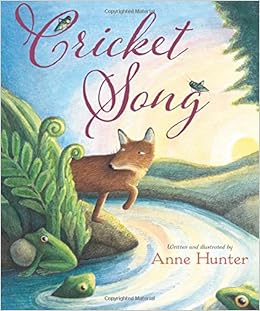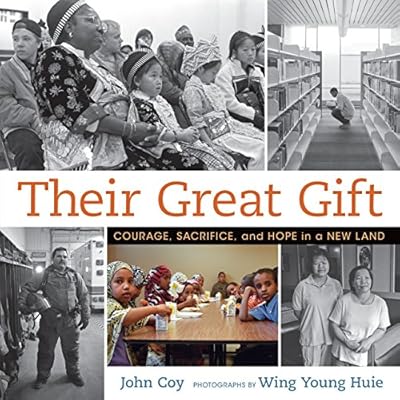Published by Penguin Young Readers Group
Summary: Bea Garcia likes to draw pictures of everything in her life. She keeps her drawings in a book she calls—you guessed it—My Life in Pictures. She has pictures of her mom and dad, pictures of her little brother Pablo, a.k.a. The Big Pest, and pictures of her best friend Yvonne, who, sadly, has just moved to Australia. Yvonne’s house next door is empty, but not for long. Pretty soon a new family moves in with a boy just Bea’s age—or is he really a monster? Bert, a.k.a. Burp, ends up in Bea’s class, and she’s pretty sure nothing can be worse than the first day of school…until she gets to the second day. Just when it seems like disaster is about to strike, Bea’s book of pictures winds up saving the day. 134 pages; ages 6-9.
Pros: Bea is a likeable character with realistic-sounding problems and a spunky attitude to handle them. The heavily illustrated text will make this a good choice for readers transitioning to longer chapter books.
Cons: I was a bit disturbed that Bea’s teacher showed her artwork to the whole class without first asking her permission.












